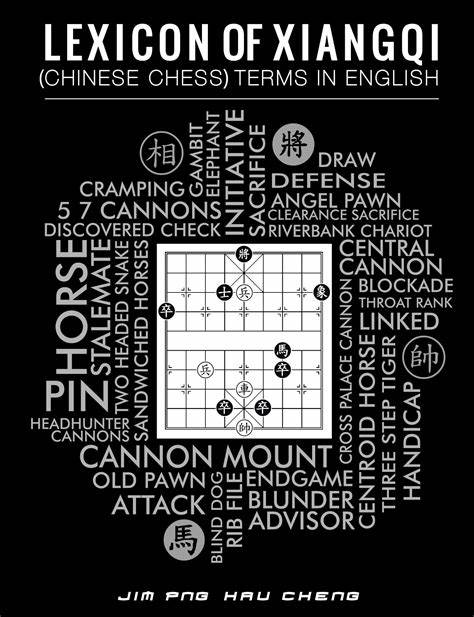ChineseChessinEnglish:WhatisitCalledandHowtoPlay
2024-07-27 14:42:37作者:饭克斯
Chinese Chess (象棋, Xiàng Qi)

Overview: Chinese chess, also known as Xiangqi or Qi Xi by some Englishspeaking populations, is a traditional board game originating from China. It has been played for over 2000 years and enjoys popularity worldwide due to its unique strategy, simplicity in rules compared to Western chess, and intriguing tactics.
Game Setup: Chinese Chess utilizes a square board with dimensions of 9x10 cells. The layout is typically described as having two rows of nine squares each on the bottom side (for White) and top side (for Black). The center row features four large pits that can hold one piece each, which are usually pawns.
Game Objective: The objective is to checkmate your opponent's general by surrounding it in such a way that there is no legal move left for escape. Each player tries to protect their own general while attempting to capture the enemy's general.
Pieces
Each side begins with:
- 1 General (帅, Shuì): The king figure of each army.
- 5 Warriors (兵, Bīng): The most common piece that can only move forward one square at a time and captures diagonally.
- 2 Horses (马, Mǎ)
- 2 Elephants/Cavalry (象/车, Xiàng/Jiě)
- 1 Adviser (士 or 相, Shì/Xiàng): Moves like a rook but cannot go through other pieces except for the general. They can only move forward or backward along the same color of square.
- 1 Rooks (炮/車, Pǎo/Jiē), which moves any number of squares vertically or horizontally until it reaches an enemy piece and then captures by jumping over one or more pieces diagonally.
Gameplay
Starting Position: The board starts with each side's setup as described above. The game begins when players agree on their initial move order.
Move Sequence: Players take turns moving their pieces, aiming to protect the general while attempting to trap and capture the opponent's general.
Legal Moves:
- Warriors: Move forward one square diagonally.
- Horses: Move any number of squares in an Lshape (two squares in one direction then one square perpendicular).
- Elephants/Cavalry: Can move two squares orthogonally and capture by jumping over another piece, but cannot move diagonally or jump over more than one piece at a time.
- Advisers: Can only move forward along their color of the board (either all white squares or all black squares).
- Rooks (Pawns): Move horizontally or vertically.
Capture: To capture an opposing piece, you must land your piece where your opponent's piece is located. Unlike Western chess, pawns are unique in that they cannot capture diagonally; instead, capturing usually involves jumping over pieces.
Special Rules
- Check: When a player's general is under attack and there’s no legal move to escape the capture, it's called check. The game ends when one side achieves checkmate (captures the opponent's king).
- Stalemate: If neither king has been captured but both sides are unable to make any legal moves that would not result in a check, this is considered a stalemate.
End of the Game
The game ends with either:
- One player achieving checkmate by capturing the opponent's general.
- A stalemate when neither side can legally move without resulting in their own king being checked.
Chinese chess offers a rich strategic depth and requires skillful planning and tactical execution to master. The simplicity of its pieces contrasts with the complexity of strategies that evolve over time, making it an engaging game for both casual players and serious enthusiasts.












